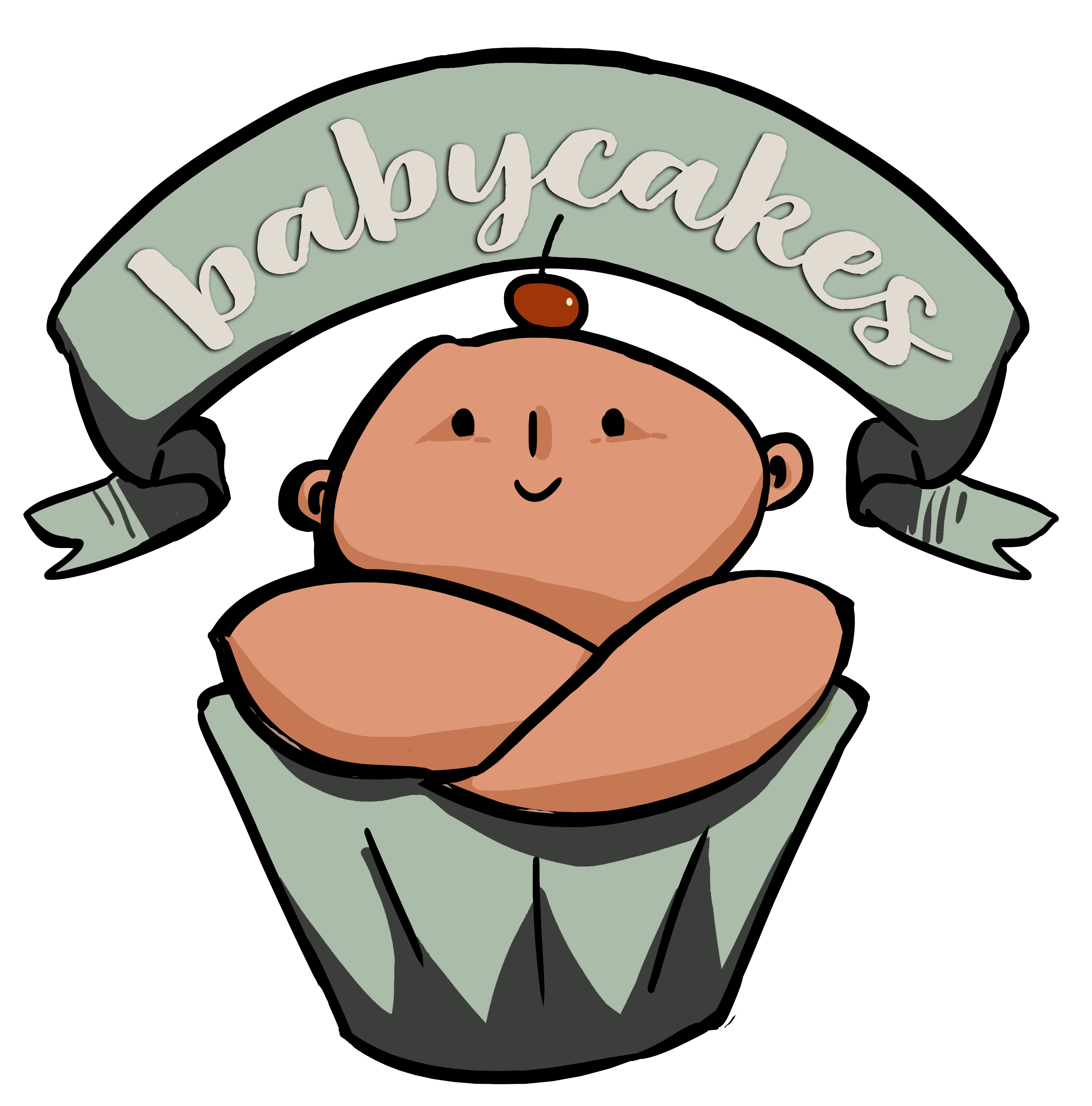While we’ve all heard the phrase “breast is best,” but this doesn’t always mean it’s easy! You’re both beginners so give yourself some slack. As a doula, I get asked about some of the following topics fairly regularly.
- How often should I breastfeed?
It’s important to have frequent feedings (every 2-3 hours depending on your baby’s birth weight) in the first days and weeks of a baby’s life not only because it’s great to help them gain weight, but it also supports your milk supply and cueing your body to start producing more milk. A lot of moms feel concerned that their baby is not getting enough or that their supply is low. Did you know your newborn baby’s stomach is about the size of a marble? It doesn’t take much to fill your baby’s belly, especially when producing colostrum, a darker, thicker, nutrient filled start milk that I like to call “liquid gold”. Your baby is expected to lose a small percentage of his/her birth weight within their first week, but keep an eye on the number and consistency of their wet and dirty diapers to better evaluate their milk intake. If you are truly concerned about your milk supply, remember to stay hydrated, destress as much as possible (maybe by hiring a postpartum doula!), work on a supply-supply-and-demand mindset, and if necessary, try a little mother’s milk tea. I swear by it! But be sure to check the ingredients list for allergies and get the ok from your doc.
- Why Skin-To-Skin?
Take advantage of skin-to-skin contact. Skin-to-skin is when mothers and fathers remove their shirts and other clothing and hold their baby on their chest while wearing only in a diaper. The closeness of baby to his mother will keep him calmer, which will in turn make latching and feeding easier. The hormones that are responsible for helping your body make breast milk and establish a letdown are oxytocin and prolactin and those are stimulated by the skin-to-skin form of contact. Another fun fact about breastfeeding is that when you hold your baby skin-to-skin, your breasts increase or decrease in temperature as a response to your baby’s body temperature. Isn’t our anatomy amazing?
- How do I know if we have a good latch?
Breastfeeding, while it may cause tenderness, should not be very painful. If you’re experiencing difficulty, try adjusting the angle that you’re holding your baby. Double check that the entire areola is in the baby’s mouth and if you’re feeling pain after the first 30 seconds, try breaking the latch and trying again.
After you and your baby have figured out a better latch and they’re getting enough to eat, your nipples may still be feeling the effects like cracked or sore. One of the easiest things to do is apply an organic nipple balm, but remember to check those ingredients for allergens and always talk to your doc before using. Lanolin is a common ingredient found in nipple balms for breastfeeding moms, however, it is not safe to give to your baby, meaning you’ll need to wipe it off of your already tender nipple before breastfed baby. No thank you!
If you are experiencing pain beyond the initial latch and you’ve tried the above mentioned options, or if you think your baby isn’t getting enough food, then it’s time to seek the professional support of a Lactation Consultant or breastfeeding counselor.
- How can I stop my baby from falling asleep or getting fussy at the breast?
Babies are sleepy and may have a tendency to sleep at the breast rather than eat well. It’s ok if his eyes are closed for the feeding, but you need to hear sounds of swallowing to make sure he’s eating enough. If he is snoozing too much, play with his arms and legs during the feeding to help keep him awake. You may find that if your baby is fussy often and you’ve ruled out other issues such as colic, it may be because they’re not nursing for a full feed, which would allow them to eat to contentment and go about 2-3 hours between feedings.
- Sleeping when baby sleeps…no, but really.
You’ve probably heard this phrase a thousand times, and you’re likely to think it’s a cliché, but it’s true! Sleep plays a massive role in your body’s ability to recover. Sleep helps regulate hormones, blood pressure, memory and so much more. And while you’re recovering from childbirth and breastfeeding your baby, you need as much regulation on your side as possible. Your baby will be eating every couple of hours through the night as well, so don’t expect to get your normal amount or length of sleep.
- Who can I ask for more help?
There is no recipe for how a baby and mom should explore the first few days of breastfeeding. It’s important that you as a mom practice what you’ve learned and listen to your baby. Remember there are many breastfeeding support groups and the internet has made it possible to connect from anywhere. Give yourself grace and remember you are not alone if you struggle. Breastfeeding is one of the most valuable things a mother can do for her baby and for her own health. Our bodies were made for this, and millions of women throughout history have successful fed their children at the breast – hence, the image of the super old painting at the top of this page. If your issue is something Babycakes Birth Services may be able to help with, don’t hesitate to give us a call.
YOU GOT THIS MOMMA!


Recent Comments